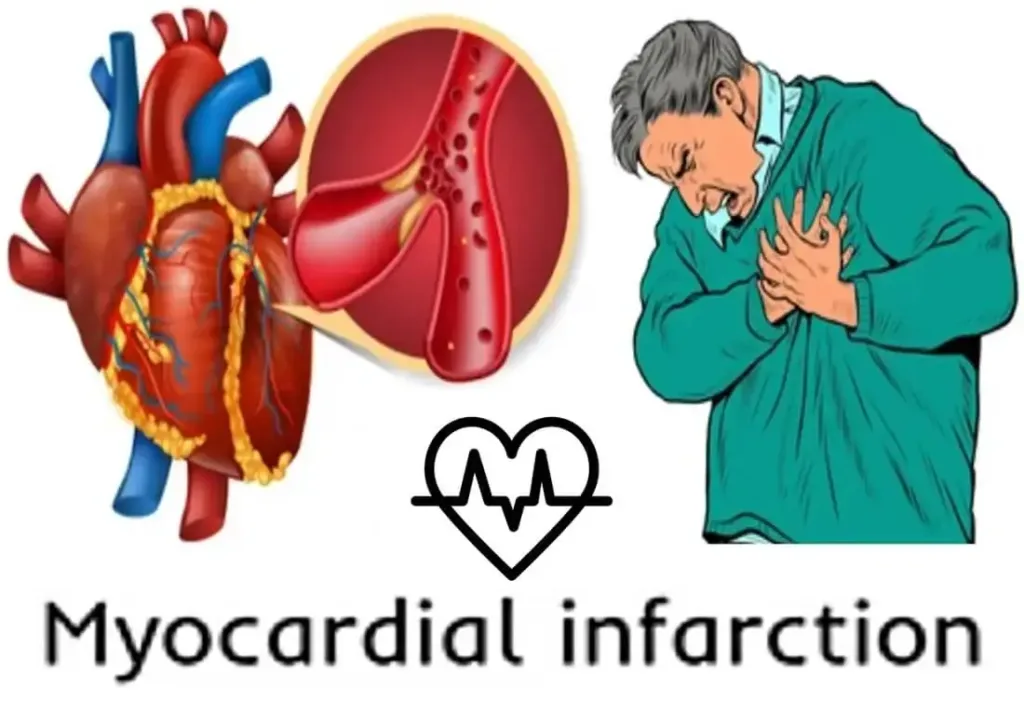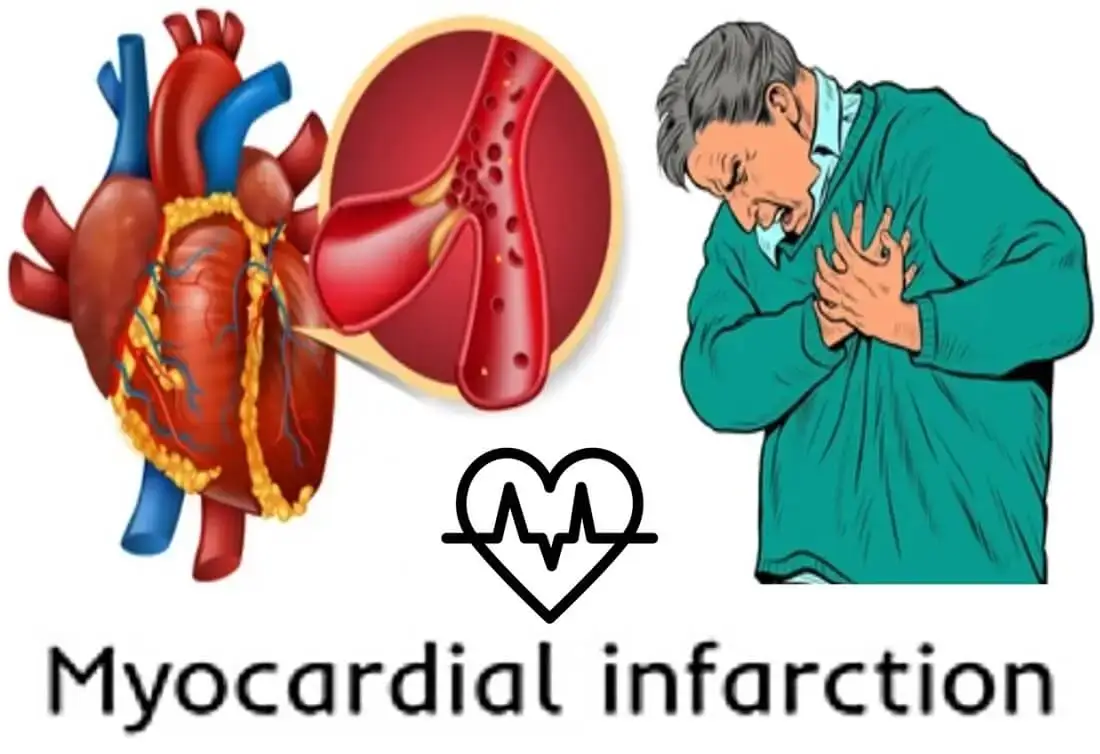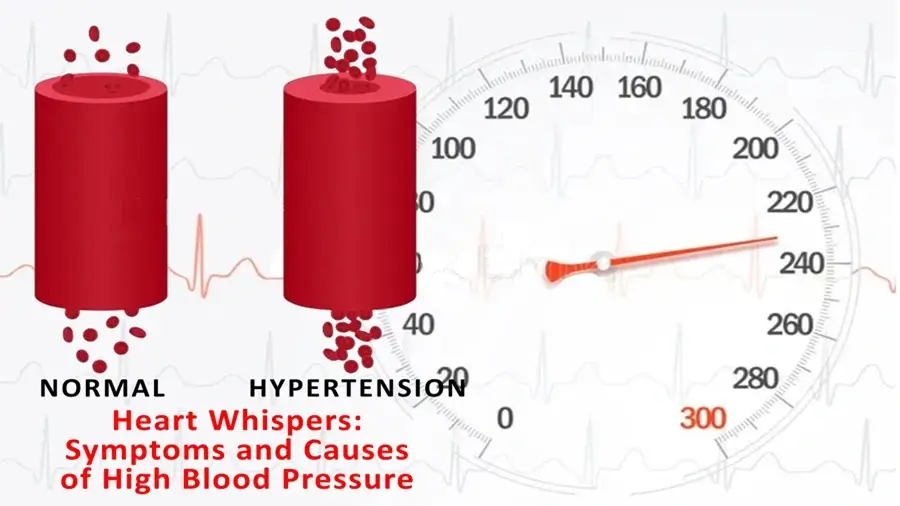
Introduction
Your heart is one of the most vital organs in your body. It’s your body’s engine room, continuously pumping life-sustaining blood and oxygen to every cell. So, what happens when this powerhouse experiences a roadblock? One common problem is a condition called myocardial infarction, also known as a heart attack. To better understand this medical condition, let’s unmask myocardial infarction in a simple, easily understandable way.
What is Myocardial Infarction?
Imagine your heart as a busy highway, with blood acting as cars delivering important oxygen to every nook and corner. Now picture a roadblock that stops these ‘cars’ from reaching their destination. This is what we call a myocardial infarction, more commonly known as a heart attack. When the flow of oxygen-filled blood to a section of your heart gets blocked, usually because of a pesky blood clot, that part of your heart gets starved of oxygen. If this ‘traffic jam’ isn’t cleared quickly, the oxygen-starved part of your heart starts to die off. That’s the simplest way to understand myocardial infarction.
Recognizing the Symptoms of a Heart Attack
Picture this: you’re the detective, and your body is the scene of a possible crime – a heart attack! To solve this mystery, you need to be aware of the important clues, or symptoms, your body gives you. These symptoms might include chest pain, which feels like a squeezing or aching pressure in the center of your chest. This pain can sometimes spread to your arms, neck, jaw, back, or stomach. Other clues include shortness of breath, feeling light-headed, sweaty, or faint.
Some people may feel unusually tired for no apparent reason, or they might feel a sense of doom. Remember, heart attack symptoms can be different for everyone, and they can come on suddenly or develop over time. If you or someone else experiences these symptoms, it’s crucial to call 911 immediately. It’s always better to be safe than sorry! Keep these clues in mind and you’ll be a heart attack detective in no time.
Understanding the Causes of Myocardial Infarction
Ever wonder why a heart attack occurs? The main culprit is a condition known as coronary artery disease. This might sound big and scary, but think of it like this: your heart is a house, and the coronary arteries are the plumbing system carrying life-giving blood to every room. But, sometimes, unwanted stuff called plaque – a mix of cholesterol and other cells – builds up in these pipes. It’s like hair clogging a drain.
When this plaque bursts, it’s like the pipe has burst too, and a clot forms to stop the leaking. But this clot also blocks the blood flow, kind of like a dam in a river. And when the blood can’t reach parts of the heart, we have a heart attack. So, to avoid the ‘plumbing’ problems in our heart house, it’s important to keep our arteries clean and clear.
Risk Factors Associated with Myocardial Infarction
Think of risk factors as clues pointing to who might be more likely to have a heart attack. Some people might have a higher chance of facing this ‘roadblock’ in their heart highway. This could be because of their age – guys over 45 and ladies over 55 are at a higher risk. It could also be due to their family tree – if their mom, dad, brother, or sister had heart problems, they might be more likely to have them too. Personal habits play a big part as well. Smokers, those who like their drinks a little too much, or people who prefer sitting on the couch rather than going for a walk are also at risk.
Medical conditions like high blood pressure, high cholesterol, and diabetes, or being overweight, or eating lots of junk food can make you more likely to have a heart attack. These are all clues that might point to a higher risk of a heart attack. So, it’s important to understand these factors and make changes where we can to avoid this scary ‘roadblock’ in our heart highway.
Preventing Myocardial Infarction
What if we could stop that ‘roadblock’ on the heart highway from happening in the first place? That’s what prevention is all about! It’s like fixing the potholes on the road before they become a big problem. Now, we can’t always dodge every pothole, but there are things we can do to reduce our chances of a heart attack. Think of it like wearing a seatbelt in a car, it won’t prevent an accident but it can surely save us from harm.
Here’s what our ‘seatbelt’ can look like “Say no to smoking”, it’s like adding extra potholes on your heart highway. Try to keep a healthy weight, imagine it like not overloading the car. Eating a balanced diet is like using the right fuel for your car. And, getting regular exercise? Well, that’s like giving your car a good run to keep it in top shape! Remember, it’s always better to prevent a problem than to fix one. So, buckle up, and drive safely on the heart highway!
Treatment Options for Myocardial Infarction
Imagine your heart is a busy city and a heart attack is a huge traffic jam. The doctors and nurses are like the city’s traffic control team, rushing to clear the roadblock and get things moving again! The moment a heart attack strikes, they spring into action. One way they help is by using special medicines that work like a ‘tow truck’ to break up the ‘traffic jam’ or blood clot that’s causing the problem. Another way is a procedure called coronary angioplasty, where a tiny balloon is used to open up the blocked artery, like clearing a blocked road.
Sometimes, they might place a small metal tube called a stent to keep the artery open, just like adding an extra lane to a busy road. Along with these immediate solutions, doctors will also help map out a plan for lifestyle changes to avoid future ‘traffic jams’ on your heart highway. Remember, when it comes to treating a heart attack, every second counts! So, if you think you’re having one, call 911 right away. The ‘traffic control team’ is always ready to rush in and save the day!
Coping and Recovery After Myocardial Infarction
Bouncing back from a heart attack is like a runner recovering from a big race, it’s a gradual process. You might find yourself tuckered out, like a runner who has just crossed the finish line. But don’t worry, there’s a recovery plan called a cardiac rehabilitation program that’s like a personal trainer for your heart. This program includes a mix of exercise training, which is like warm-up laps for your heart.
There’s also education about living in a heart-friendly way, imagine this as a game plan for winning the race against heart disease. And don’t forget counseling. This is like having a supportive coach who helps reduce stress and guide you back to your active life, just like a runner getting ready for the next race. Remember, recovery is not a sprint, it’s a marathon. It takes time and patience. So, lace up those shoes, take a deep breath, and get ready to start your recovery race!
Healthy Habits to Maintain Heart Health
Imagine your heart as your most prized car. To keep it running smoothly for a long, long time, you’ve got to give it the right care. Here are some key ‘car maintenance’ tips to keep your heart engine purring along happily:
- Exercise regularly: Think of this as taking your heart out for a nice, invigorating spin! Try to get in at least 30 minutes of moderate activity most days of the week.
- Eat a balanced diet: Just like your car needs the right fuel, your heart needs nutritious food. Fill up on lots of fruits, vegetables, lean meats, and whole grains.
- Limit alcohol: Too much alcohol can be like pouring sand in your car’s gas tank! It can raise your blood pressure, causing your heart engine to work harder than it needs to.
- Stay calm: Road rage isn’t good for your car or your heart. Stress and anger can increase your heart attack risk. So, try to find ways to relax and stay calm. This could be like a soothing drive down a peaceful, scenic road for your heart.
Remember, maintaining heart health is a journey, not a race. So, take it slow and steady, and enjoy the ride!
Myocardial Infarction and Exercise
Let’s imagine exercise as a fantastic tune-up for your heart, the powerhouse of your body. Just like a car running smoothly after a good service, your heart too can perform better with regular exercise. It’s like a magic tool that can help keep your weight in check, chill out those stress levels, and even lower your blood pressure, cholesterol, and sugar levels – all big villains in our heart’s story!
Remember, the key is to start slow and gradually increase your pace. You don’t need to run a marathon! Even a brisk walk, a bike ride, or a dance session can do wonders. Consider it as a fun-filled joyride for your heart! Just make sure to get your doctor’s ‘green light’ before starting any new exercise plan, especially if you’ve had a heart attack before. So, are you ready to rev up your heart’s engine with exercise? On your mark, get set, go!
Nutrition for a Healthy Heart
Think of food as the fuel for your car-like heart. Just like you’d prefer high-quality fuel for your car, your heart too needs a balanced, nutritious diet to function well. Picture your plate as a colorful garden, full of different types of fruits and vegetables – they’re like the high-grade fuel for your heart!
Add in some whole grains; think of them as the steady, slow-burning fuel. Now, to this, add lean proteins, like chicken or fish, they’re like the engine oil, keeping everything running smoothly. Don’t forget the healthy fats like avocados or olive oil; they’re like the coolant, keeping your heart from overheating. But beware of sneaky villains like too much salt, unhealthy fats, and added sugars. They’re like the junk in your car’s fuel, making your heart work harder than it needs to.
So, to keep your heart humming along happily, fill up on the right fuel with a heart-healthy diet!
Also Read:
Conclusion
So, that’s the end of our article about myocardial infarction or heart attacks. We tried to make it easy for you to understand. additionally, It’s important to know about the signs and things that can cause heart problems. Taking care of our hearts by being healthy is important. Remember, knowing about these things helps us keep our hearts happy and strong. Stay smart about your heart!


